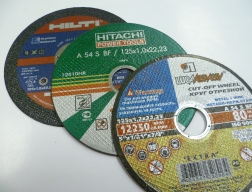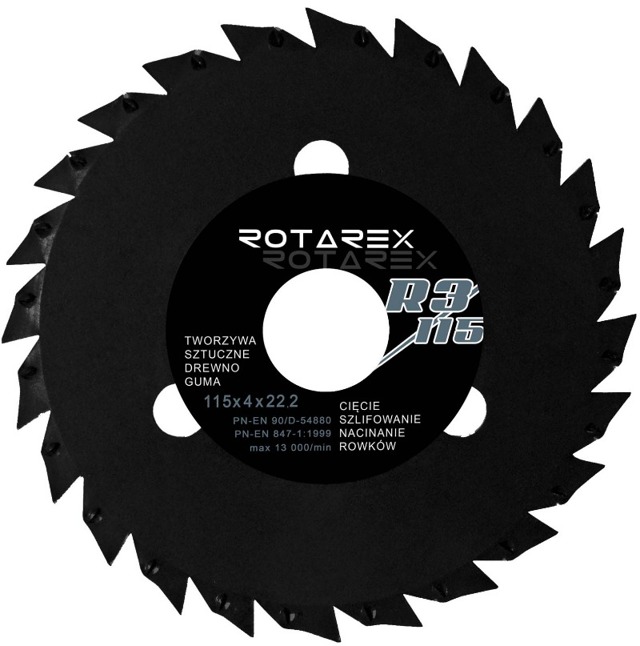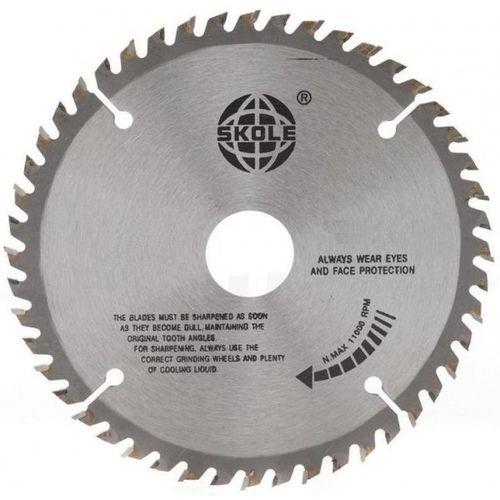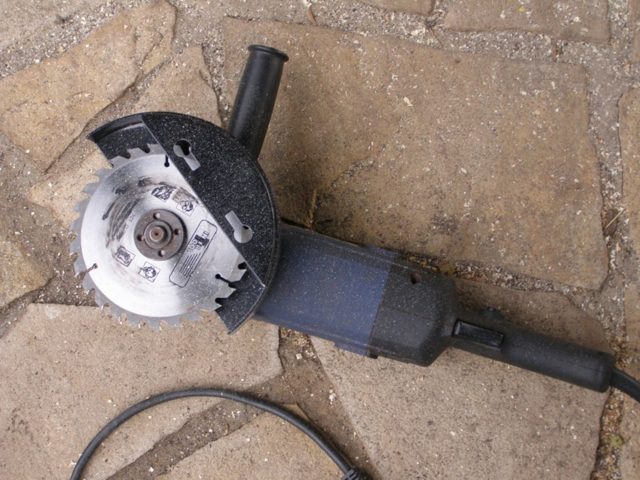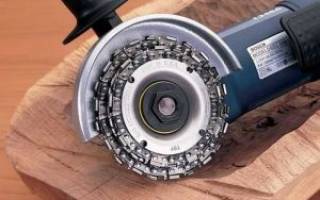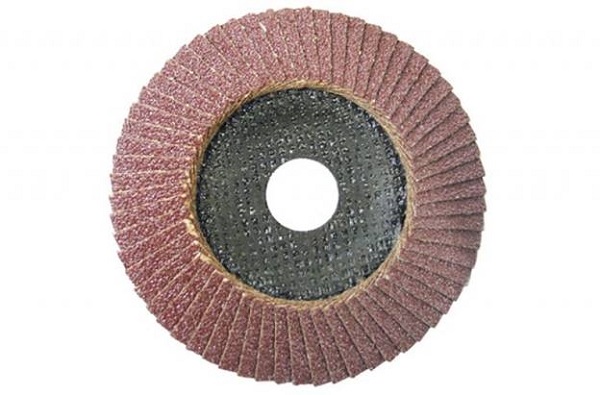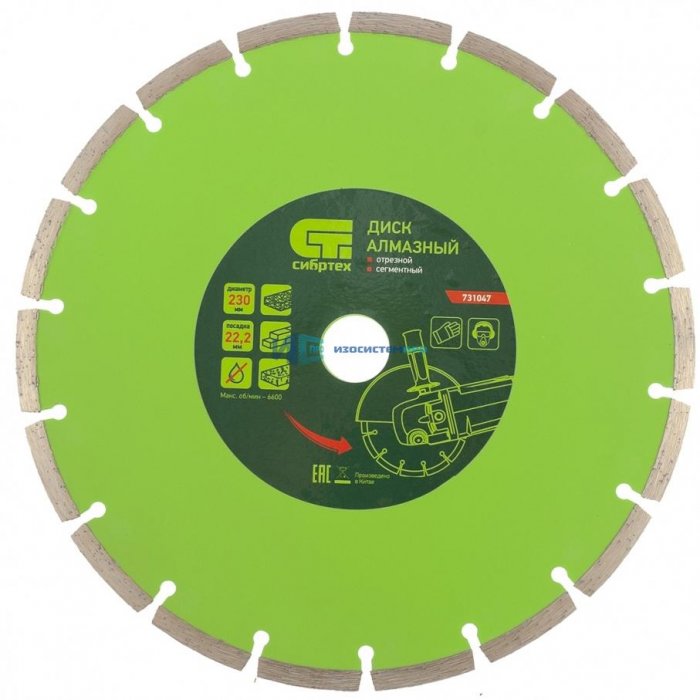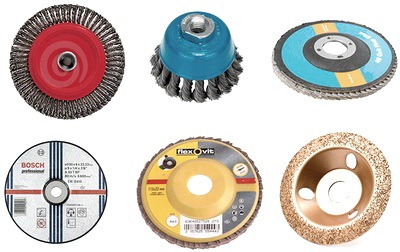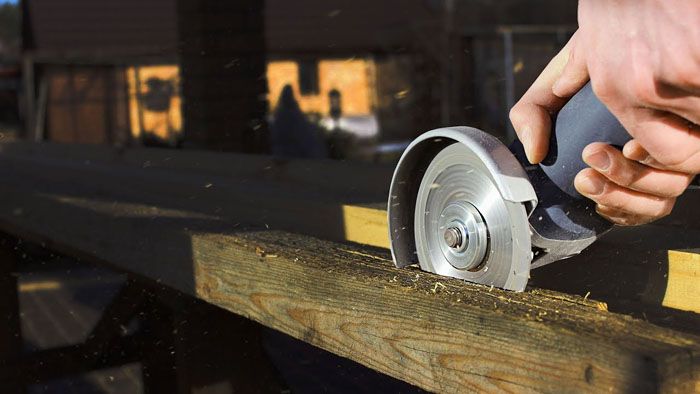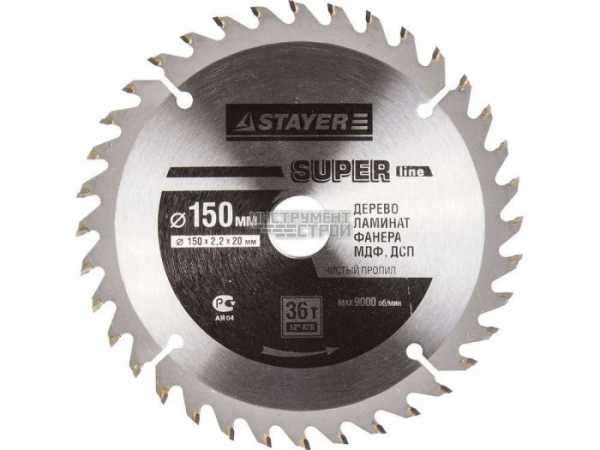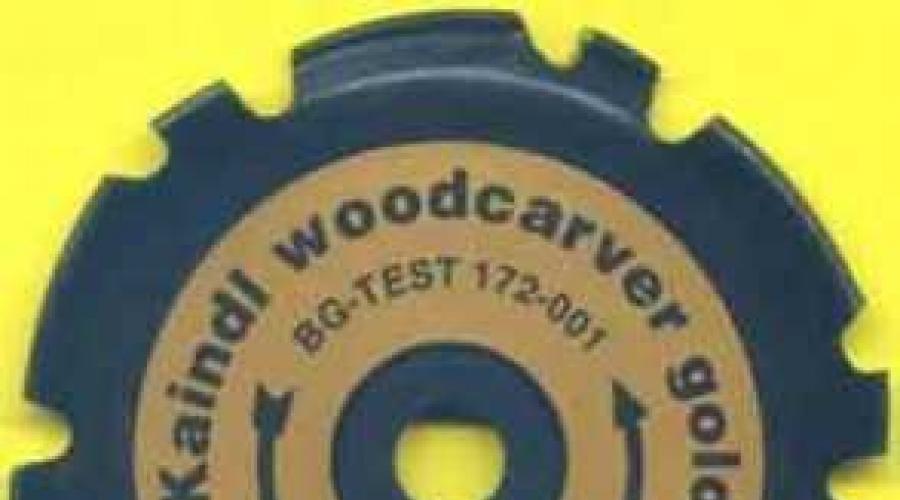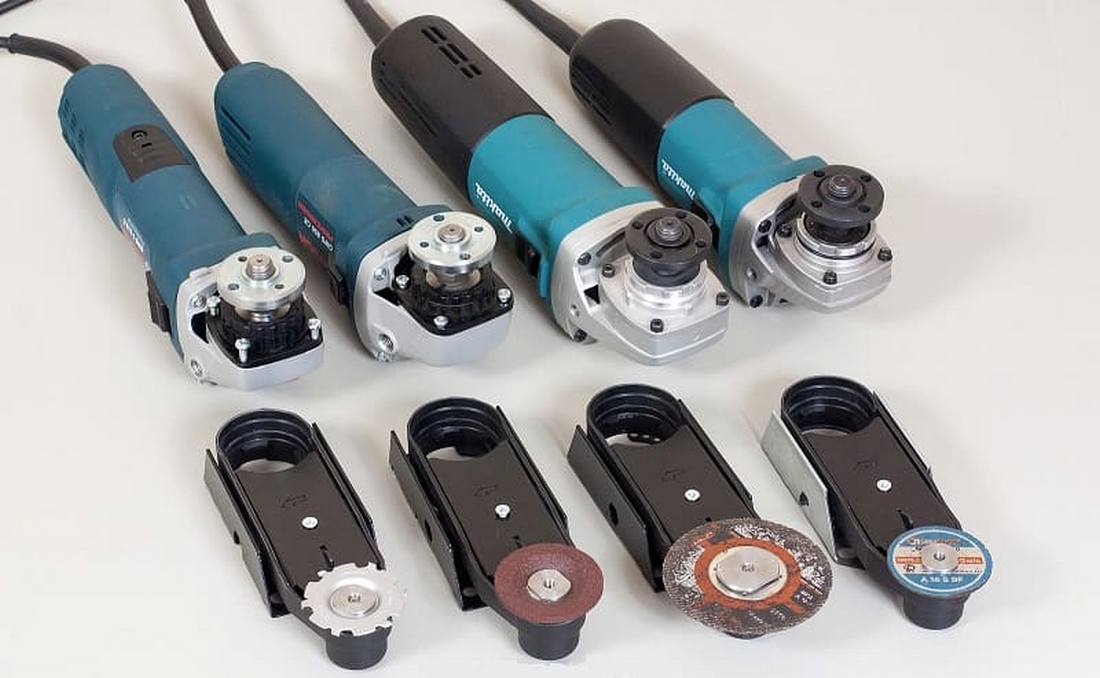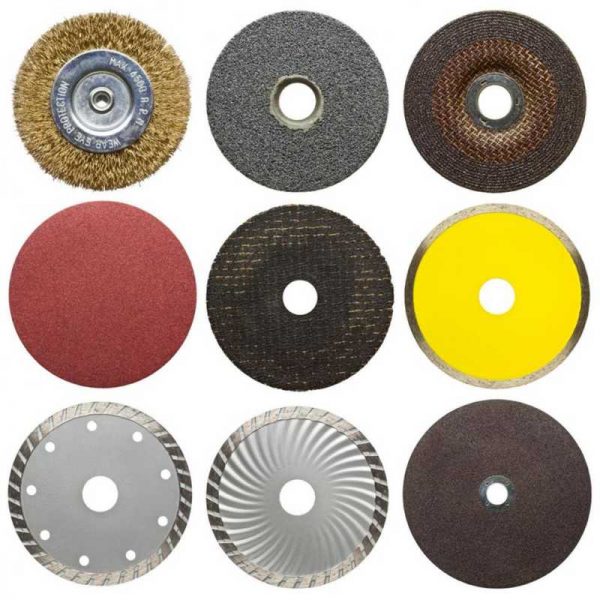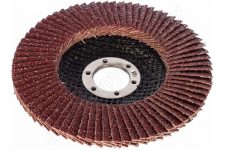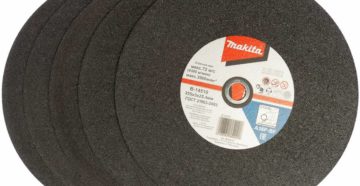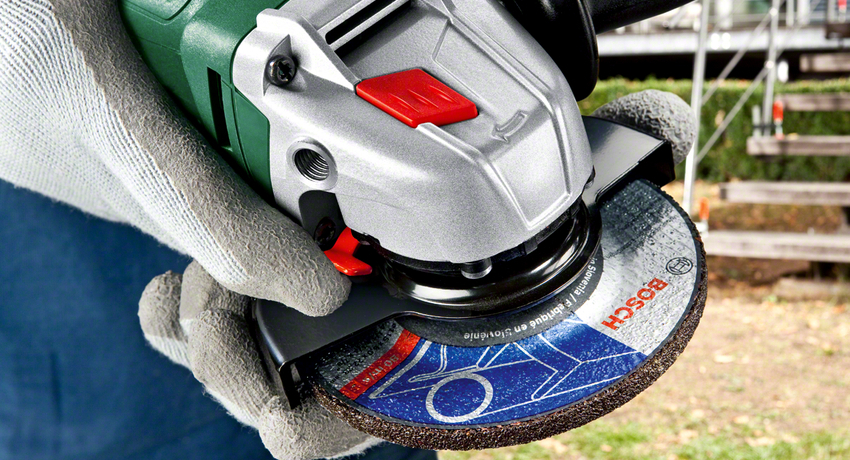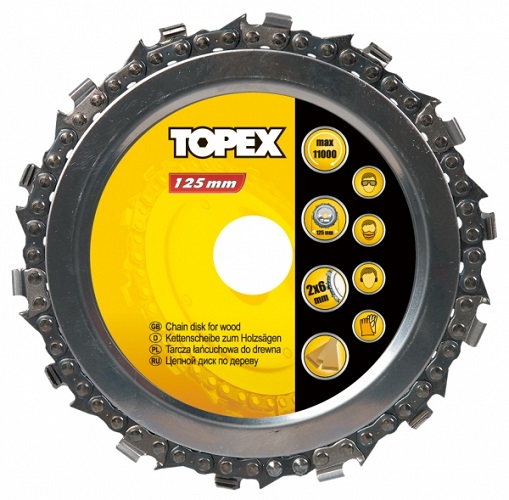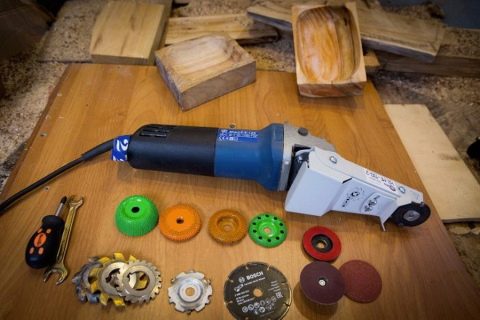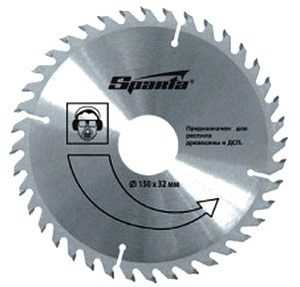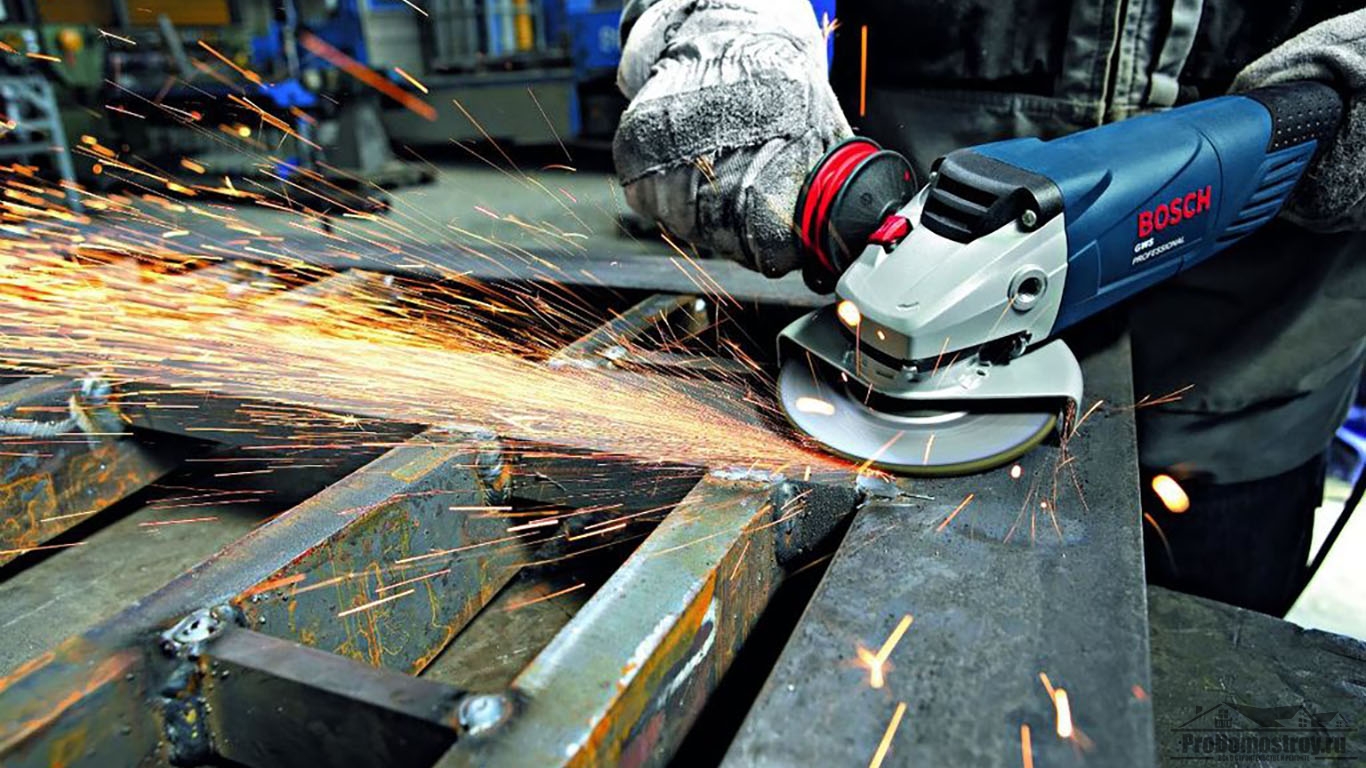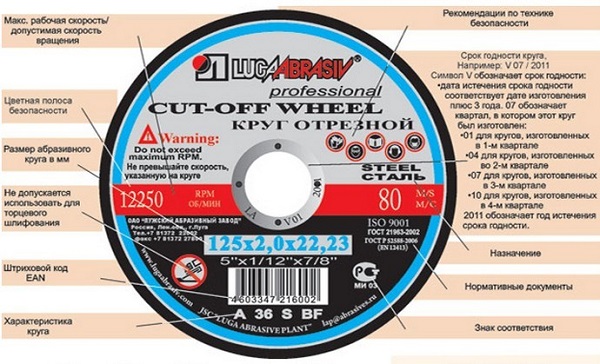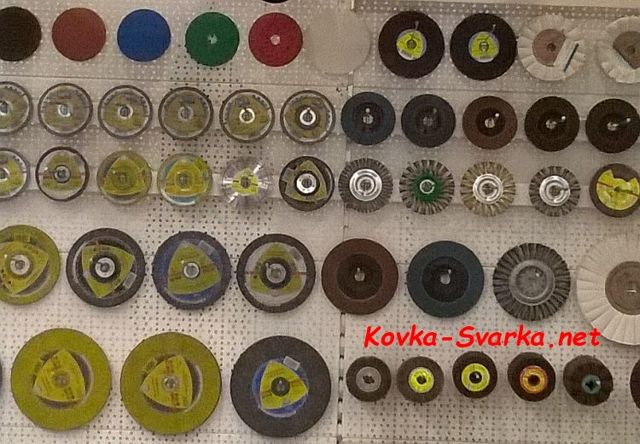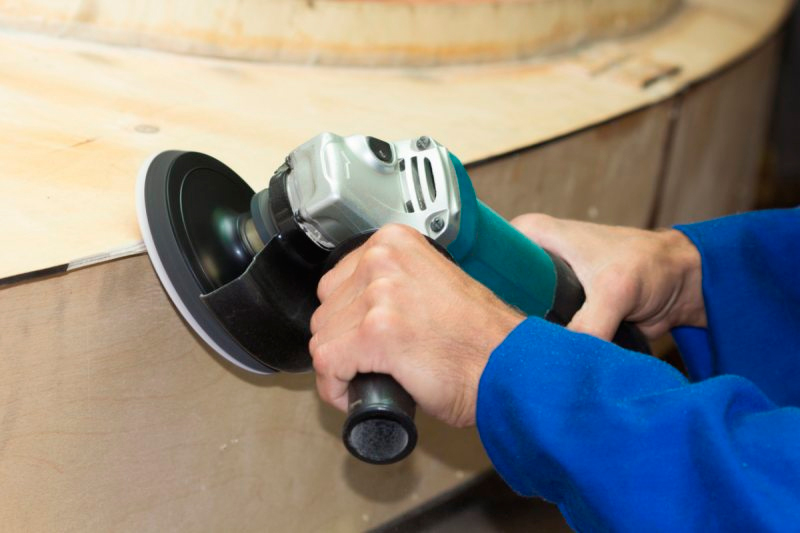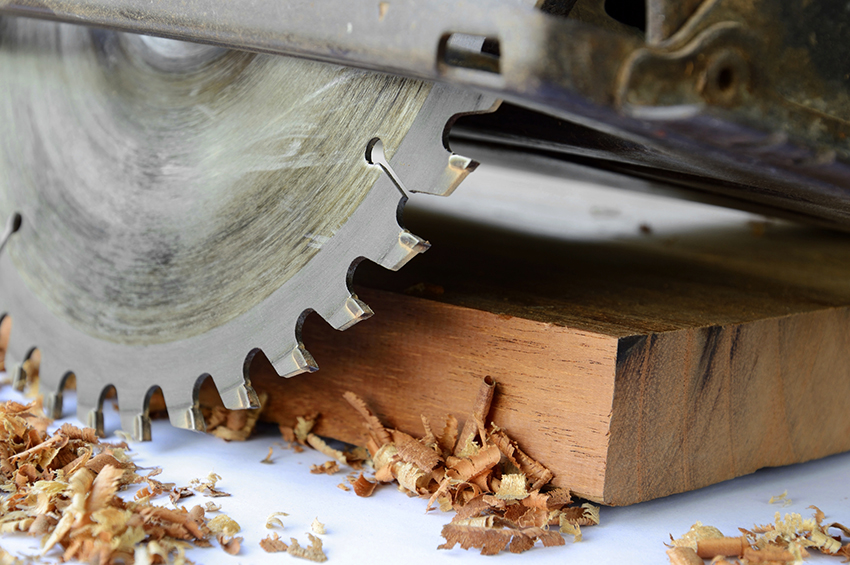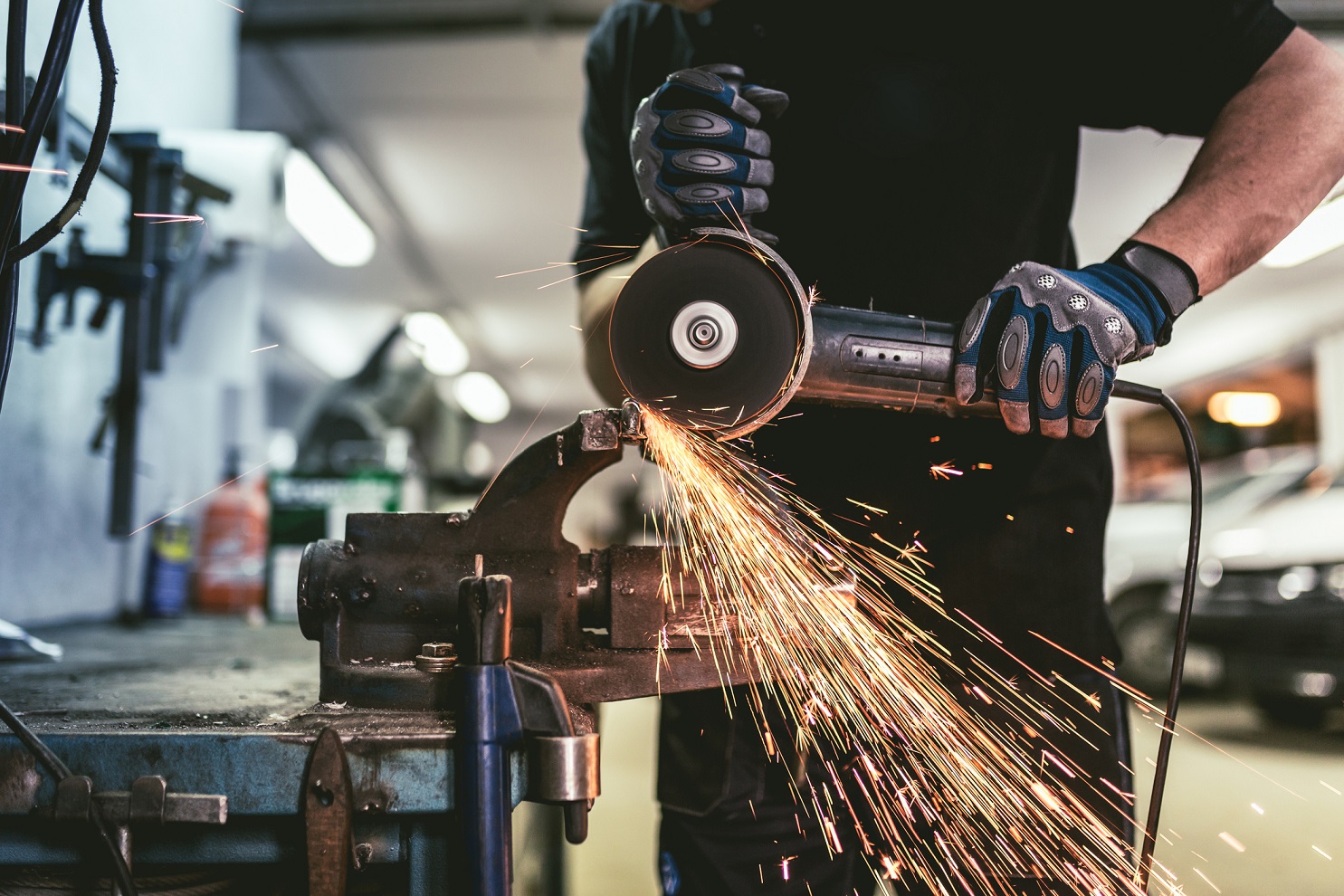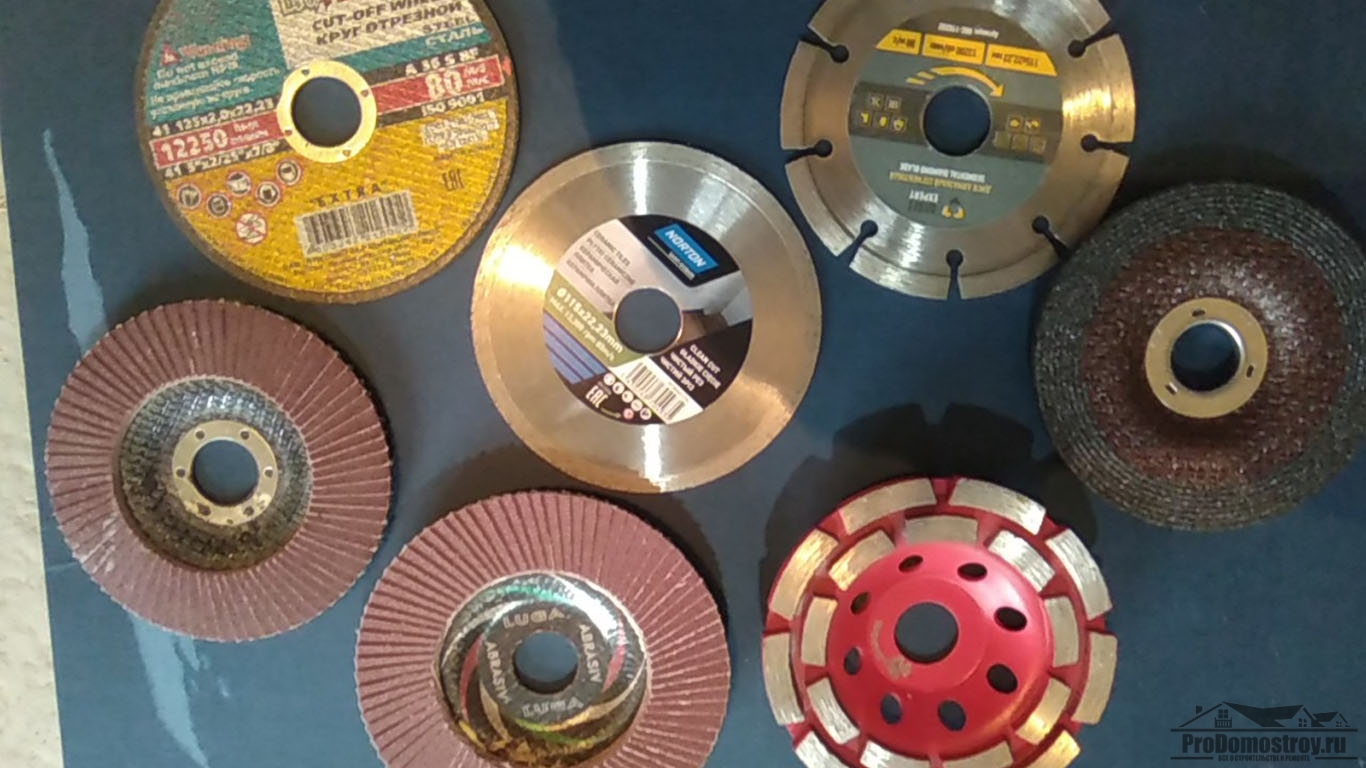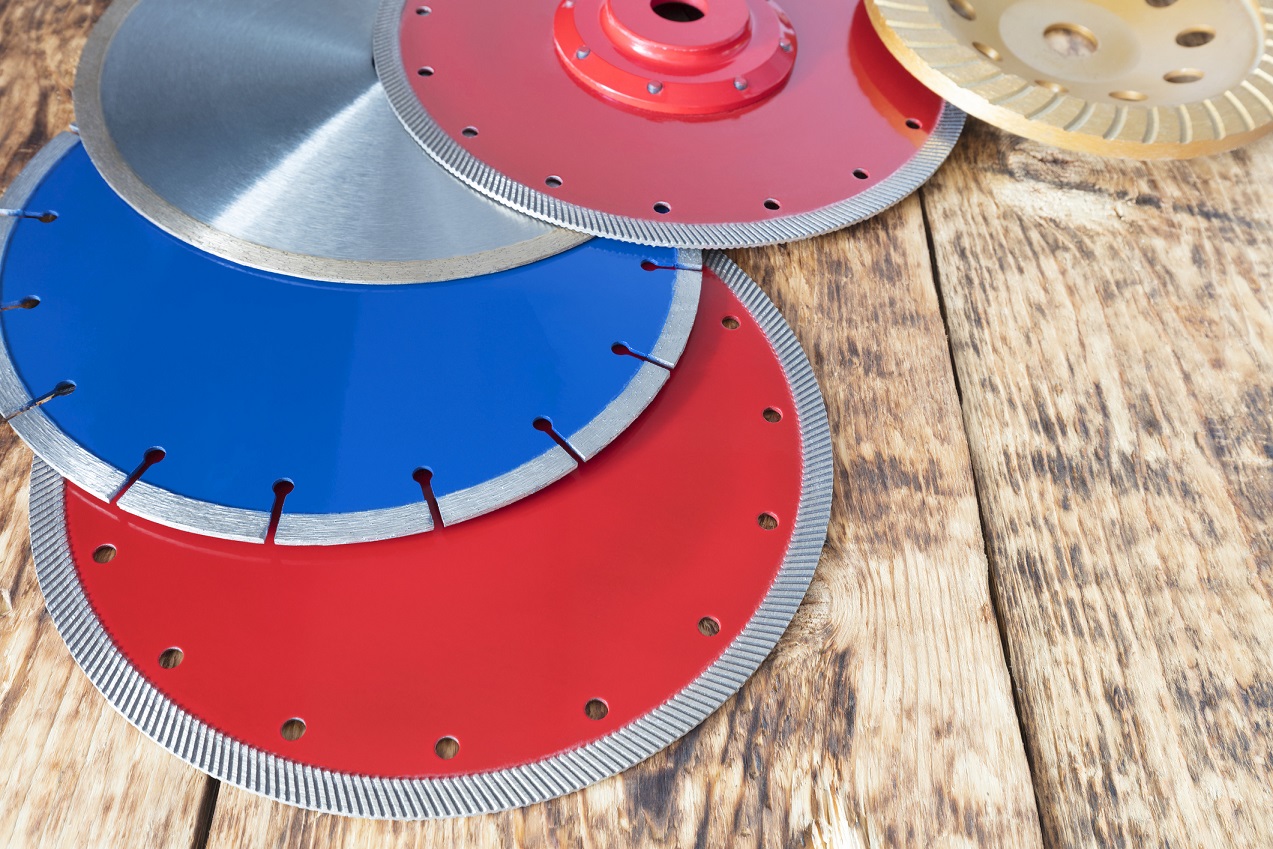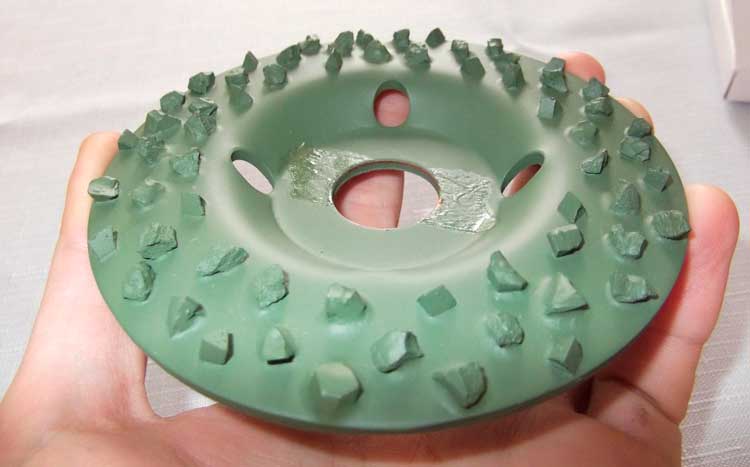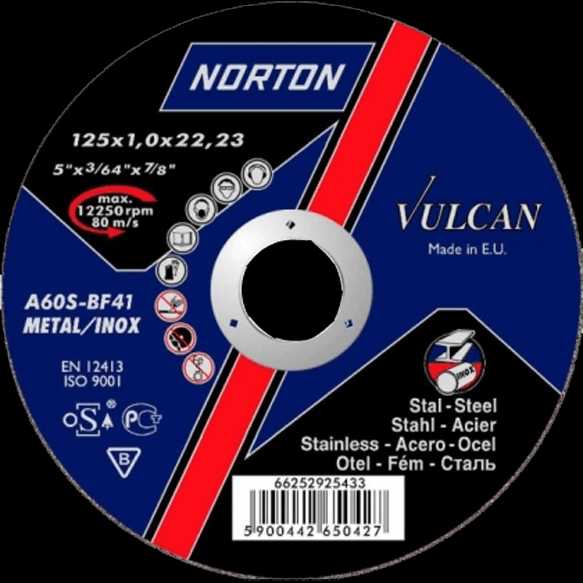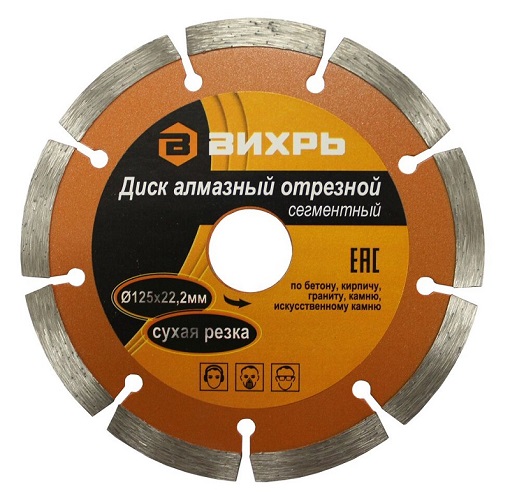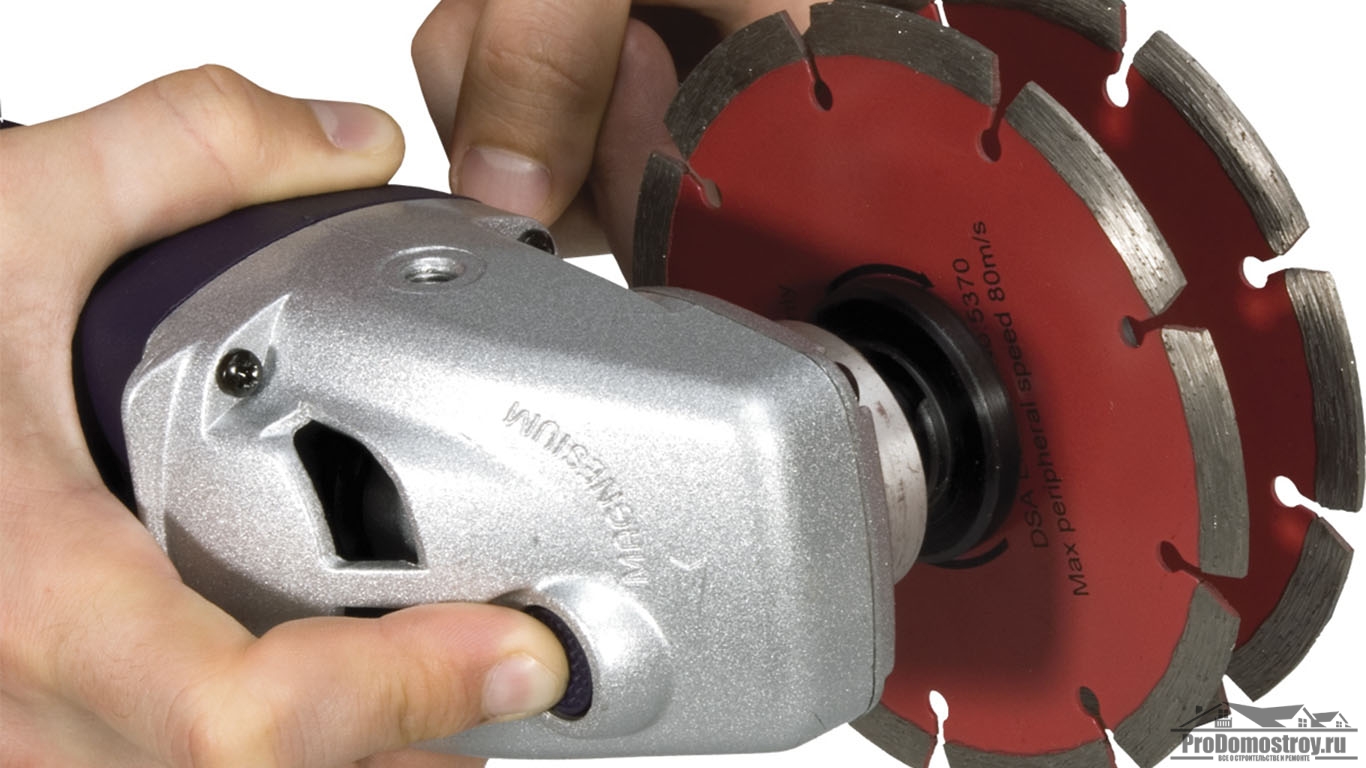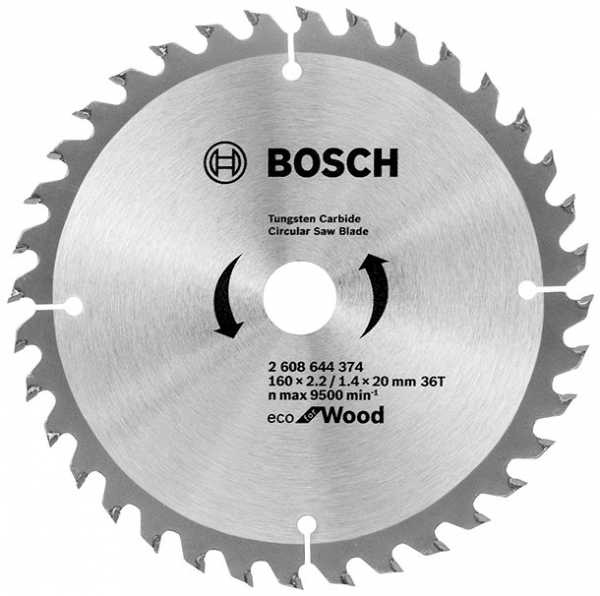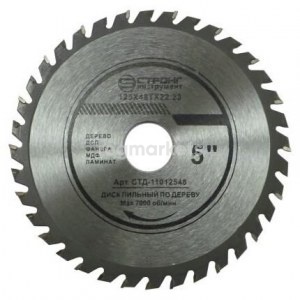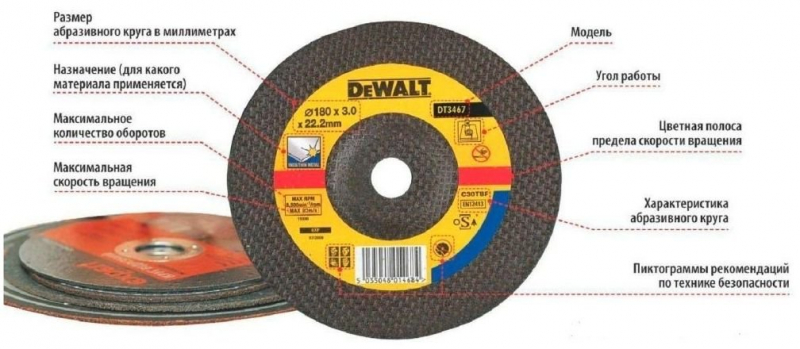Problems arising in the process of work and solutions
1. As already mentioned, diamond blades are designed exclusively for straight cuts. The cutting speed and feed force must be adjusted so that the working area does not overheat. At rim temperatures above 700 ° C, synthetic diamonds become graphitized and lose a significant percentage of their strength. You can increase the disk resource in a simple way - periodically remove it from the cut without turning off the angle grinder motor. The incident air flow cools the disc and relieves thermal stresses between the central part and the working area.
Another way to maximize blade life is to not cut too deep in one pass. It is better to go sequentially along the same trajectory several times. This will slightly increase the operating time, but the tool life will be doubled.
2. One of the main problems encountered in the work is the rapid wear of the working area. First of all, this is due to the wrong choice of the tool, too high feed rate (clamping) or the state of the angle grinder drive. If beats occur in it, then the life of the disk is sharply reduced, in some cases, with especially large vibration amplitudes, it can collapse, which is very dangerous.
If the side of the disc is worn below the cutting edge, it means that the verticality of the feed is broken or a defect in the drive has occurred, which creates a lateral runout.
3. If the segments become blunt, it is necessary to replace the disc - it is not suitable for the given material. If the disk is selected correctly, but the following picture is still observed, it is necessary to cool the disk more often. It overheats due to excessive load. The same reasons lead to a discoloration of the disc base - a bluish tint appears on the steel circle.
4. If the disc appears cracked, replace it immediately. The disc cracks if it does not match the material or if it is used too intensively. Often these defects appear after jamming in the cut, or misalignment during work. To avoid trouble, inspect the disc before use and periodically during operation by stopping the tool.
5. It is not allowed to work with a diamond disc if the angle grinder or other tool is faulty - lateral and radial beats, irregular rotation, uncontrolled increase or decrease in rotation speed occur. In this case, the instrument must be returned for repair or a new one must be purchased.
To increase the resource of a diamond blade, you need to follow a number of simple rules:
- use circles of large diameter, thus reducing the load on the crystals;
- The angle grinder or other tool must be chosen as powerful as possible, this ensures the stability of the speed;
- choose the right disc in accordance with the material;
- do not exceed the permissible speed.
Gloves, goggles and respirators must be used when working with diamond discs.
How to choose a diamond blade for a grinder
When selecting a diamond disc, you must pay attention to the type of material for which the disc is intended, its size, bore diameter and disc rotation speed.
Material to work with
Most diamond wheels are designed to work with non-metallic materials. They are most commonly used for cutting concrete, ceramics, glass, brick and asphalt. But there are a number of blades designed to cut metals of varying hardness. When buying, remember that different types of diamond discs are designed to work with different materials.There are discs designed to work with concrete, ceramic tiles, marble, granite, sandstone, stone and asphalt.
There is a certain rule for choosing a disc - for soft materials, wheels with a hard diamond setting are chosen, and for hard materials - with a soft one. This is determined by the degree of wear of the artificial diamonds on the rim of the wheel.
When cutting hard materials, they wear out faster and the next ones come out of their place from a sufficiently soft cutting strip. Soft materials, on the other hand, have little effect on the diamond, it must stay in place for as long as possible, which provides a solid substance in which the mineral is embedded.
In addition, different artificial diamonds are used for different circles.
There are two types of diamonds produced industrially:
- Monocrystalline, representing one spatial structure of regular shape;
- Polycrystalline, consisting of several smaller single crystals tightly bound together.
The former are very durable and are used for cutting hard materials and metals, the latter can collapse on contact with them, therefore they are used on cheaper tools designed for relatively soft materials.
Sizes of diamond discs
The maximum cutting depth and, in some cases, the speed of work depend on the size of the disc. The main diameters are 115, 125, 180 and 230 mm, which corresponds to the abrasive wheels for angle grinders of the most common brands. On sale you can also find diamond discs with a diameter of 150, 300 and more millimeters. Large diameters are installed on powerful cutting machines - gas cutters, stationary cut-off machines, etc.
The most common disc bores can be 22.2 mm or 25.4 mm. Only buy a disc of the size for which your instrument is designed.
Disk rotation speed
Also, the discs indicate the maximum rotational speed and linear speed. If the capabilities of your instrument exceed the characteristics of the disc, then you cannot put it on - centrifugal forces will simply tear it apart.
Features of the use of grinders for wood
Sawing wood with a hand tool comes with a number of features. Wood is a heterogeneous natural material, its density is unevenly distributed. After a relatively loose area, a denser area may suddenly begin, there may be defects hidden in the thickness, once filled with resin during the growth of the tree. There may be developed or underdeveloped knots, and sometimes ingrown foreign inclusions (nails, wire, shot, or even bullets that hit a tree in the forest, for example, during a hunt).
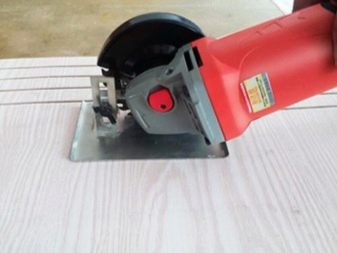
Thus, it is almost impossible to unambiguously select the operating mode of the cutting hand tool. This can lead to jerks, the energy of which will have to be extinguished with the help of the hands; in special cases, the instrument may even break out. If a cutting tooth hits the metal, it can be broken and ejected by the next tooth fast enough to cause serious injury.
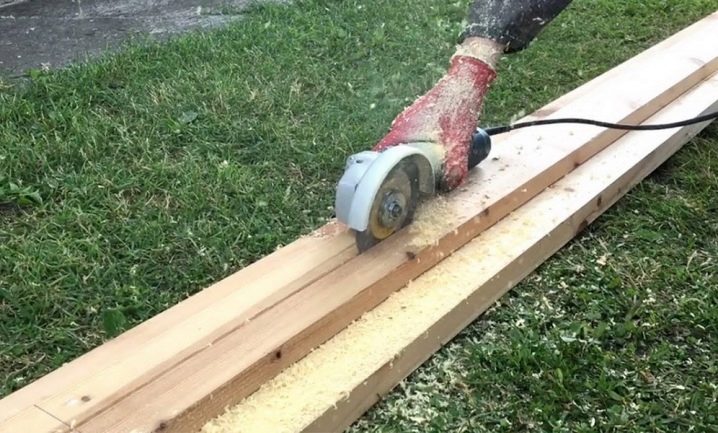
When adjusting this tool for sawing wood, the craftsmen often removed the protective cover, which is categorically unacceptable, given the above-mentioned features of wood, as a natural material with unpredictable variations in properties. If the need to use the grinder as a circular saw nevertheless arises in order to ensure safety and get the greatest effect, you need to purchase a special disc designed specifically for this tool.
Models
Recently, China, as a manufacturer, has taken a leading position in various industries, including the manufacture of inexpensive products for the described tool. Unlike German goods, which differ in both higher cost and higher quality, Chinese units allow you to solve ordinary tasks, while they do not have a long shelf life, which is fully compensated by availability.
Of all the models on the modern market, we will single out a few.
DEWALT DW4523 4-1 / 2-Inch 1/4 Inch. Has a low lock system in the design. The recessed mesh allows for end work with one eighth blade. The model has 3 sheets of fiberglass, which makes it an attractive service life. It features a high concentration of abrasive and a smooth running wheel.
Introduction to diamond cutting discs
Wheels with diamond cutting edges for waterless cutting were first created in the design offices of the Japanese company Sankyo Diamond Tools, a division of Hitachi Corporation.
Many technologies were used for the first time, so the circles were not reliable enough and quickly failed. For example, diamonds and a cutting edge were attached to a steel base using high-temperature brazing. In the process of work, when a large frictional force occurred, the metal heated up, the solder melted and the working part simply fell off. With water cooling, such circles worked more or less tolerably, but with dry friction, their resource was small.
The fact is that the diamond does not cut the material, but abrades it into dust, large frictional forces are accompanied by rapid heating - the heat does not have time to be removed along the body of the circle, in addition, despite the presence of special slots, the circle is deformed when heated. Changes in shape are minor and do not threaten destruction, but the strength of the joint is negatively affected.
Sankyo Diamond engineers have proposed other solutions - sintering the working part and the base under high pressure. Such a connection is more durable and can withstand significantly higher temperatures. Thus, it was possible to create segmented and solid discs that are resistant to heat and deformation. The technology is still in use today.
The second solution is laser welding at the molecular level. This technology is used to produce only segmented circles. In terms of strength and reliability, both types of discs are almost the same, although many professionals believe that laser-welded discs are better.


